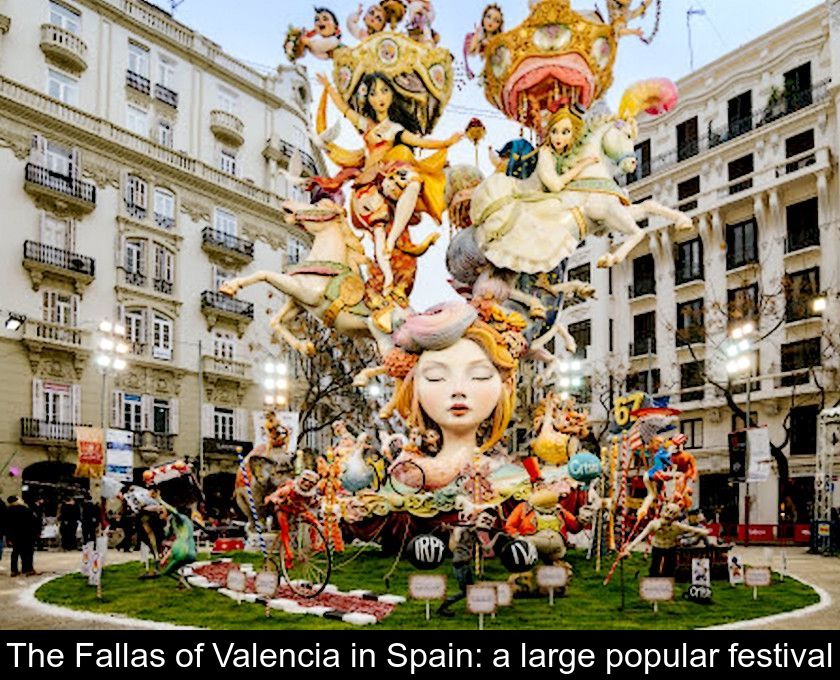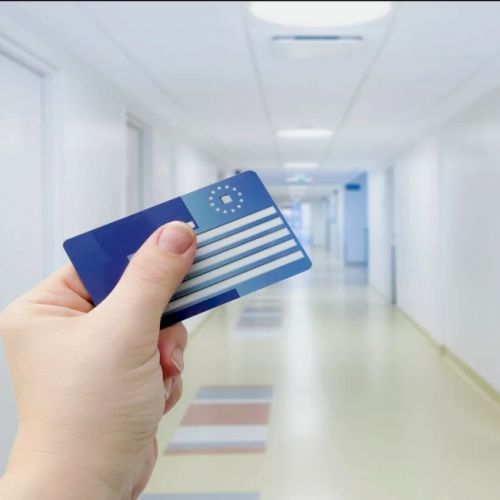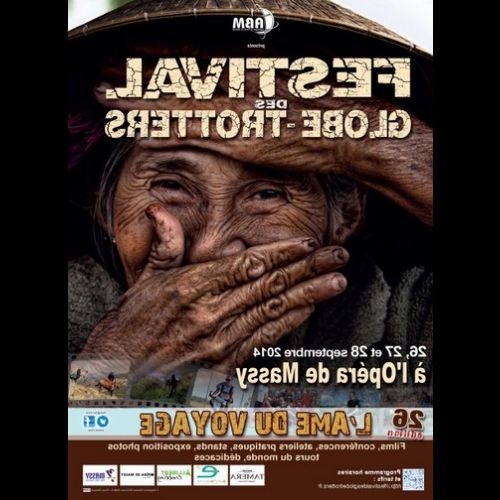The Fallas Of Valencia In Spain: A Large Popular Festival
The Fallas of Valencia are one of the biggest popular festivals in Spain. These festivities are held in honor of Saint Joseph and reach their climax between March 15 and 19, the day of Saint Joseph. Here is everything you need to know about the Fallas of Valencia in 5 questions.
What are the Fallas of Valencia?
The Fallas de Valencia are one of the most popular festivals in Spain. They are celebrated in March in honor of Saint Joseph, throughout the streets of the city of Valencia and the entire Valencian community.
For the occasion, neighborhoods and various localities of the Valencian community assemble sculptures called fallas or monuments falleros. These satirical works of art are ephemeral as they are meant to be burned on the night of March 18 to 19, the night of la Cremà. This fire symbolizes purification and renewal, marking the arrival of spring.
2- What is the origin of the Fallas of Valencia?
Joseph, being the patron saint of carpenters, these festivities in honor of San José were initiated by this guild. On March 19th, carpenters used to burn wooden pieces called "parots" in front of their workshops to celebrate the arrival of spring.
Gradually, the Valencians humanized the parots until they turned them into "ninots," that is, figurines in human form. The sculptures burned on the eve of Saint Joseph's Day were made of wood, cardboard, fabric, old clothes, and paper.
Today, the people of Valencia continue to burn characters that are usually caricatures. These "fallas" are now cork or papier-mâché characters over 30 meters tall, created by artists known as "falleros."
These large creations address themes related to politics, current events, sports, or celebrities, and are accompanied by small posters with sharply humorous phrases written on them.
What are the traditions of Las Fallas?
The creation of ephemeral works of art, intended to be burned, is not the only tradition of the Fallas of Valencia. During these festivities, which take place from the end of February until March 19th, the Valencian community is enlivened by numerous events and activities such as the exhibition of ninots, the human figures that adorn the fallas monuments.
The public is asked to vote for their favorite ninot in both the child and main categories. The two figures that receive the most votes are spared from the flames during the great Night of the Cremà, which concludes the celebration on the night of March 18th to 19th. The characters saved from the fire are called ninots indultats. They are then offered to local associations or displayed at the Fallero Museum of Valencia.
Nighttime pyrotechnic shows punctuate the festivities, especially during the Nit del Foc. This name refers to the night before Saint Joseph's Day, during which the longest fireworks display of the Fallas takes place. The traditional mascletàs are another form of pyrotechnic entertainment where very loud firecrackers are set off.
During these festivities, all the municipalities of the Valencian community celebrate the offering of flowers or ofrena. Residents, dressed in traditional costumes, make offerings to their patron saint.
4- How to participate in the Fallas?
You don't have to be a resident of Valencia in Spain to participate in the Fallas. These street celebrations are open to everyone, locals and visitors alike.
To get into the spirit, you can even buy a fallero scarf, the traditional blue and white scarf worn tied around the neck.
Take advantage of the festivities to taste local specialties such as chicken and rabbit paella, blanc i negre (blood sausage and sausage) sandwiches, and buñuelos de calabaza, pumpkin fritters served with hot chocolate!
Why are Las Fallas an essential festival in Valencia?
The Fallas of Valencia are such an important celebration in the local culture that UNESCO has inscribed it on the Representative List of the Intangible Cultural Heritage of Humanity.
Between art, fire, costumes, pyrotechnic shows, and brass band music, this traditional festival is a captivating street spectacle. It provides an opportunity to go out and celebrate in the streets and to see Valencia in a different light, within an exceptional atmosphere.
In 2024, the festivities begin on Sunday, February 25th, and continue until Tuesday, March 19th. To discover the detailed program, we invite you to visit the official website of the Valencia Tourist Office (link below).











